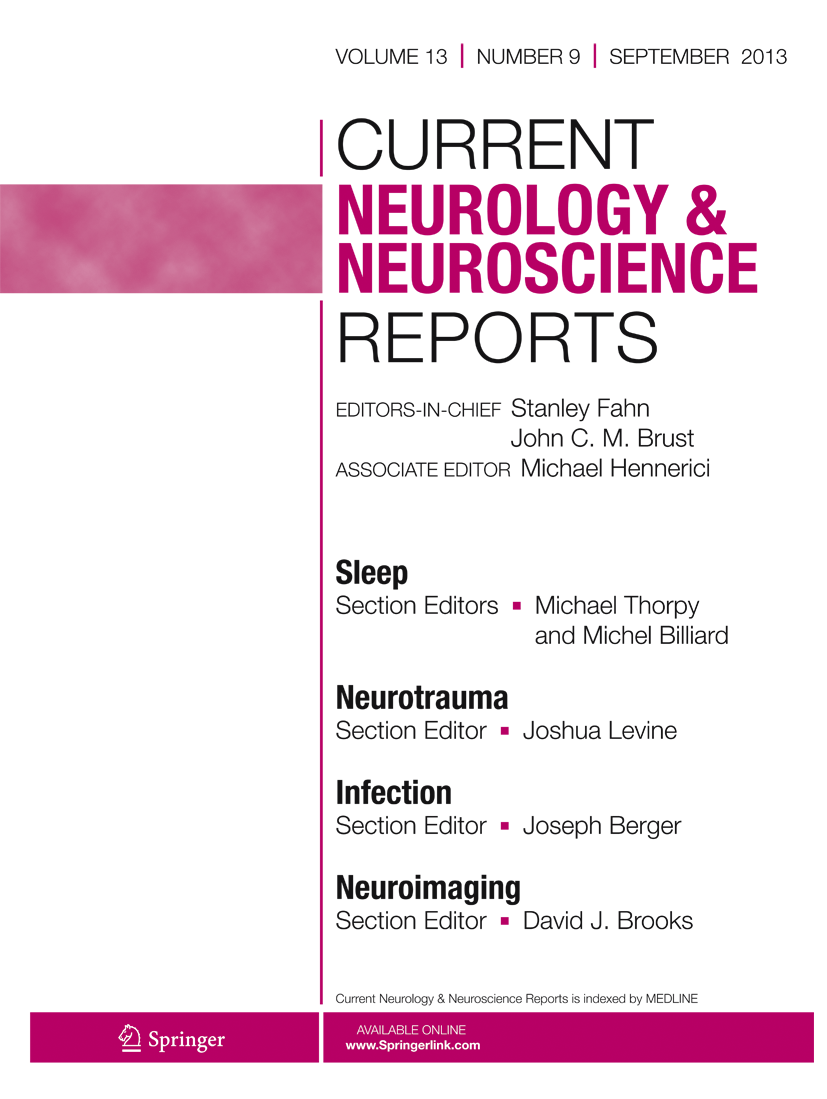Blood Pressure Management in Intracerebral Haemorrhage: When, How Much, and for How Long?

- Author: SpringerLink
- Full Title: Blood Pressure Management in Intracerebral Haemorrhage: When, How Much, and for How Long?
- Category: #articles
- Document Tags: neuro part 2
- Summary: Blood pressure should be lowered to around 140mmHg in cases of intracerebral hemorrhage for better outcomes. Recent trials suggest that this intervention, along with other therapies, can be beneficial. Further research is needed to clarify optimal blood pressure targets and timing in such cases.
- URL: https://link.springer.com/article/10.1007/s11910-024-01341-2
Highlights
- Systolic blood pressure should be lowered acutely in intracerebral haemorrhage to a target of approximately 140mmHg (View Highlight)
- Intracerebral haemorrhage (ICH) accounts for 15–30% of stroke and has high 30-day mortality of approximately 40%, with only 12 to 39% of patients achieving independent functional recovery (View Highlight)
- Acute interventions in ICH have targeted haematoma expansion (HE), which occurs in up to one third of patients within the first 24 h and is strongly associated with neurological deterioration, poor functional outcome and mortality (View Highlight)
- Haemostatic therapy (recombinant factor VIIa [3, 4] or tranexamic acid [5, 6]) are not utilised in clinical practice with randomised trials showing variable effects on haematoma expansion, safety, functional outcome and mortality (View Highlight)
- The current mainstay of management in ICH remains supportive care in a stroke unit, reversal of anticoagulation if appropriate and acute blood pressure (BP) lowering (View Highlight)
New highlights added June 16, 2024 at 4:15 PM
- Surgical evacuation is typically reserved for selected patients with more severe ICH, particularly lobar, and can result in reduction of ICH volume and mass effect, and potential mitigation of secondary injury from iron toxicity and peri-haematomal oedema (View Highlight)
- The recently published Early Minimally Invasive Removal of Intracerebral Hemorrhage (ENRICH) trial is the only surgical evacuation trial to have shown benefit of haematoma evacuation on functional outcome (in the group with lobar haemorrhage) (View Highlight)
- Other surgical procedures such as external ventricular drains and decompression, for significant hydrocephalus and posterior fossa bleeds, respectively, may be performed as life-saving procedures. (View Highlight)
- the rate of haematoma expansion is highest in the first 3 h and the amount of haematoma expansion increases the odds of dependence or death (View Highlight)
- American Heart Association/American Stroke Association and European Stroke Organisation guidelines providing weak recommendations with the aim to institute blood pressure lowering within 2 h of symptom onset (View Highlight)
- bundled care for ICH, incorporating control of BP, blood glucose, temperature and correction of coagulopathy has been supported by the INTERACT3 trial (View Highlight)
- All three large clinical trials had very similar systolic blood pressure targets, aiming less than 140mmHg, with a lower limit of systolic blood pressure 110mmHg specified in ATACH-2 (View Highlight)
- Large systolic blood pressure drops should be avoided, as shown in a pooled analysis of patients from the INTERACT2 and ATACH-2 trials (predominantly mild-to-moderate severity I, where systolic blood pressure drops of > 60mmHg within the first hour were found to be harmful (View Highlight)
- Hypotension (i.e. a systolic blood pressure of less than 100mmHg) is avoided in clinical practice, and on presentation with ICH has been shown to be associated with poor outcome (View Highlight)
- there is consensus amongst guidelines to target a systolic blood pressure of 140mmHg, rather than less than 140mmHg, accepting that this may be practically challenging (View Highlight)
- One concern of aggressive blood pressure lowering is secondary ischaemic injury, which can manifest as remote ischaemic lesions in acute ICH [26]. However, the post hoc analysis of ATACH-2 and a large observational study (Ethnic/Racial Variations of Intracerebral Hemorrhage, ERICH) did not demonstrate an association with intensive blood pressure lowering and risk of new ischaemic injury (View Highlight)
- Systolic blood pressure variability has been shown to be associated with poor functional outcomes in ICH, and it has been suggested that sustained control, with avoidance of peaks, may enhance the benefits of blood pressure reduction (View Highlight)
- The effect on haematoma expansion and functional outcomes in ICH when targeting diastolic blood pressure and mean arterial blood pressure are not well explored in the literature (View Highlight)
- The optimal length of acute blood pressure intervention in ICH is not known, relating to the paucity of high-quality data. The length of intervention in INTERACT2 and INTERACT3 was 7 days, and 24 h in ATACH-2 [9••, 10••, 11]. Given this, only the European Stroke Organisation guidelines comment on length of acute blood pressure management (24–72 h) which was an expert consensus decision (View Highlight)
- All large trials recruited patients within 4.5–6 h from their symptom onset, and therefore aggressive blood pressure lowering with intravenous agents in patients presenting after 24 h from symptom onset is likely of limited benefit (View Highlight)
- Intravenous nicardipine was the first-line agent in the ATACH-2 trial (with intravenous labetalol second-line) and in an individual participant data systemic review of this trial and 2 additional trials, 24 h of nicardipine use to control blood pressure in the hyperacute period was shown to result in rapid lowering of systolic blood pressure with associations with reduced haematoma expansion and better functional outcomes (View Highlight)
- A cohort study investigated the use of intravenous hydralazine, labetalol and nicardipine, and found agent used was associated with only initial reduction in diastolic but not systolic BP, and there were no differences in subsequent clinical outcomes (View Highlight)
- transdermal glyceryl trinitrate has typically been avoided due to the outcomes of the previously discussed RIGHT-2 (trend toward harm in ICH) and MR ASAP trials (View Highlight)
- It has been postulated that glyceryl trinitrate causes harm in ICH due amelioration of protective vasoconstriction to prevent haematoma expansion, and thus other administration options of glyceryl trinitrate, including intravenous, have been avoided (View Highlight)
- Acute blood pressure management should be provided in a bundle, incorporating anticoagulation reversal and correction of hyperglycaemia and pyrexia (View Highlight)
